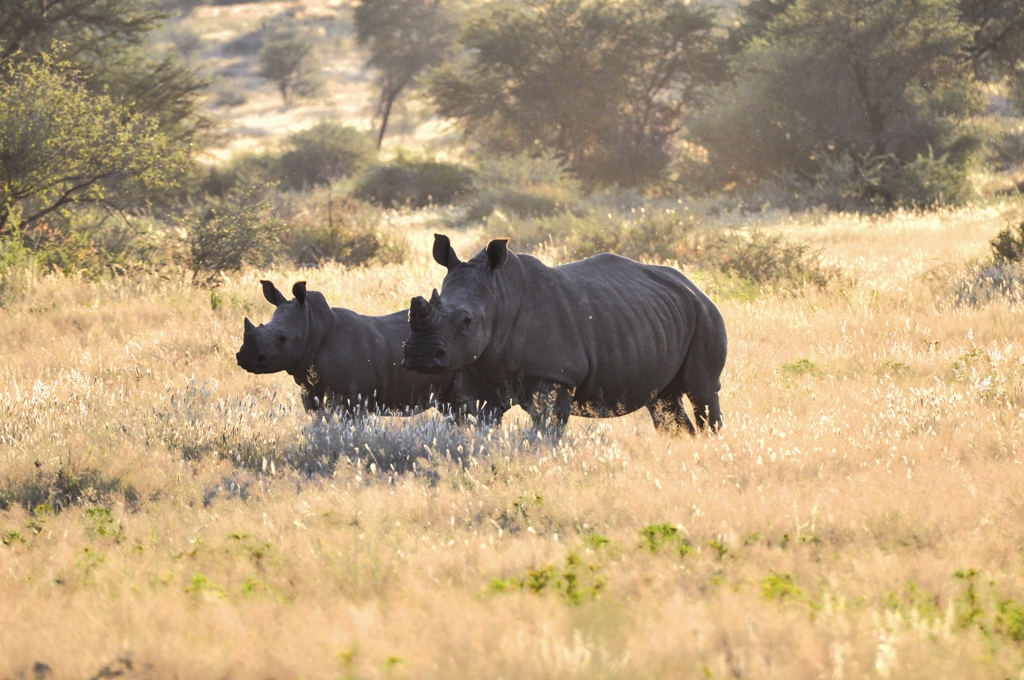-
Latin America
Latin America
- Countries (hidden space)
- Galapagos & Ecuador
- Guatemala
- Mexico
- Panama
- Peru
- Popular Attractions
- Machu Picchu
- Inca Trail
- Easter Island
- Galapagos Islands
- Patagonia
- Rio de Janeiro
- Iguazu Falls
-
Africa
Africa
- Spacer Africa
- South Africa
- Zimbabwe
- Popular Attractions
- Cape Town
- Okavango Delta
- Sossusvlei Dunes
- Victoria Falls
- The Kruger
- The Garden Route
- Masai Mara
-
Asia & Middle East
Asia & Middle East
- Asia
- Borneo (Malaysia)
- Cambodia
- India
- Japan
- Middle East
- Jordan
- Spacer Asia
- Laos
- Sri Lanka
- Uzbekistan
- Vietnam
- Popular Attractions
- Taj Mahal
- Lion Rock (Sigiriya)
- Angkor Wat
- Ha Long Bay
- Kyoto
- Petra
-
Destinations
- Latin America
- Argentina
- Bolivia
- Brazil
- Chile
- Colombia
- Costa Rica
- Galapagos & Ecuador
- Guatemala
- Mexico
- Panama
- Peru
- Asia
- Borneo (Malaysia)
- Cambodia
- India
- Japan
- Laos
- Sri Lanka
- Uzbekistan
- Vietnam
- Middle East
- Jordan
- Southern & East Africa
- Botswana
- Kenya
- Namibia
- South Africa
- Zimbabwe
- Contact Us
-
About
About
Llama Travel provides high quality holidays at the lowest possible prices.
99% recommend us Lower prices - guaranteed Financially protected by ATOL
8 Sustainable Properties In Latin America & Africa
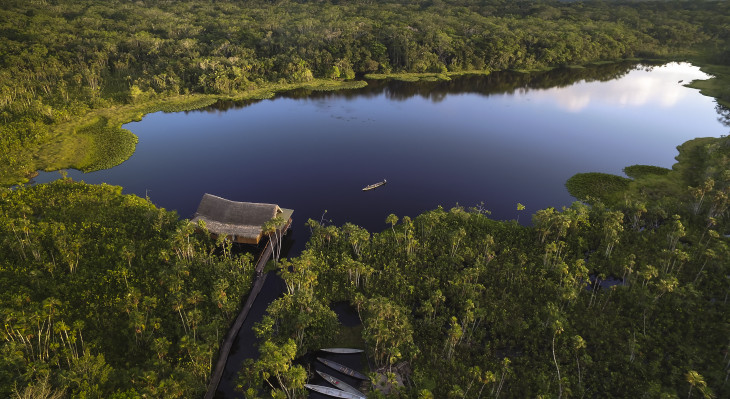
As concerns about the sustainability of our current lifestyles grow, the tourism industry has seen a strong shift towards greener travel. This is very important to Llama Travel (you can read more about what we do here), and our partners around the world are doing everything we can to support this, from eco-lodges in Costa Rica and Botswana to rhino conservation in Kenya and sustainable projects in the Ecuadorian Amazon. In honour of Earth Day last week, we have compiled a list of eight of our favourite sustainable properties in Latin America and Africa that do their bit to help the planet.
1. Pacuare Lodge, Costa Rica
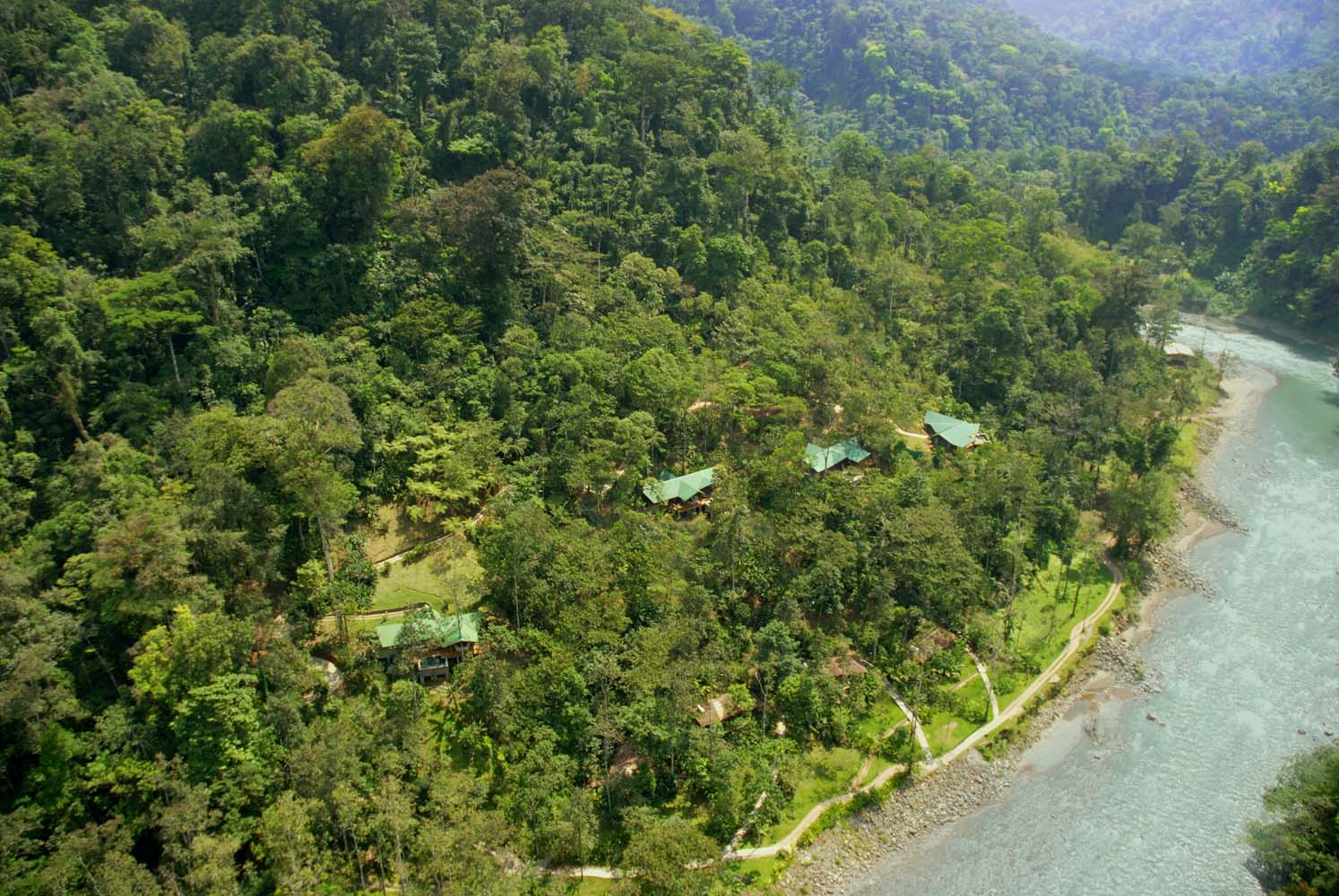
Situated within 340 hectares of protected forest, Pacuare has won multiple sustainability awards for being among the first of its kind in Central America. No trees were cut down to build it (lumber from a reforestation project run by small farmers is used), and all energy is renewable and produced on-site from solar panels, micro water turbines and a bio-digester. Carbon created by the vehicles going to and from the riverbank is offset and all staff are local. The pool has self-heating tiles, food for the restaurant is grown in the garden and there is a jaguar and howler monkey project.
Costa Rica has always been one step ahead when it comes to ecotourism. After years of deforestation from logging and clearance for agriculture, which reduced the forest coverage of country from more than 75% in the 1940s to 26% in 1983, the government changed to a more environmental focus. Today, more than half is again covered in forest and virtually all electricity is generated from renewable sources. This has created a virtuous circle, with the greater the focus on the environment leading to better forms of tourism, and a greater incentive to protect the environment.
Get back to nature at Pacuare Lodge
2. Ol Pejeta Conservancy, Kenya
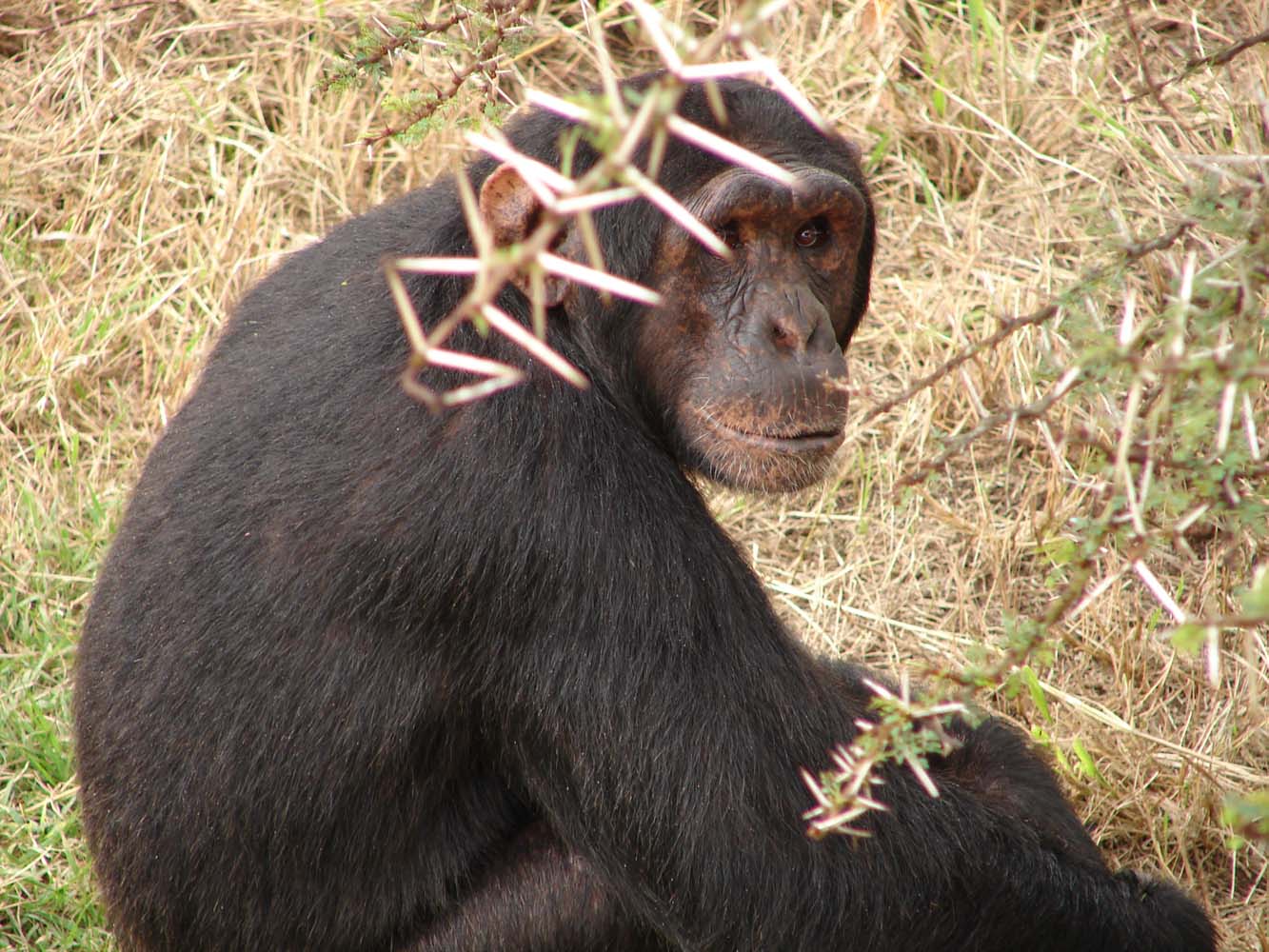
Ol Pejeta Conservancy is a 90,000 acre wildlife conservancy in central Kenya, providing a safe haven for the largest population of black rhino in East Africa, and the last two surviving northern white rhinos in the world. Ol Pejeta has managed to increase the black rhino population from just four in the late 1980s, to over 100 today. They also support local communities through education, healthcare and infrastructure. The chimpanzee sanctuary was established by the Jane Goodall Institute to rescue and support orphaned and abandoned chimpanzees from their natural home in West and Central Africa.
Read more about Ol Pejeta here.
3. Sacha Lodge, Ecuador
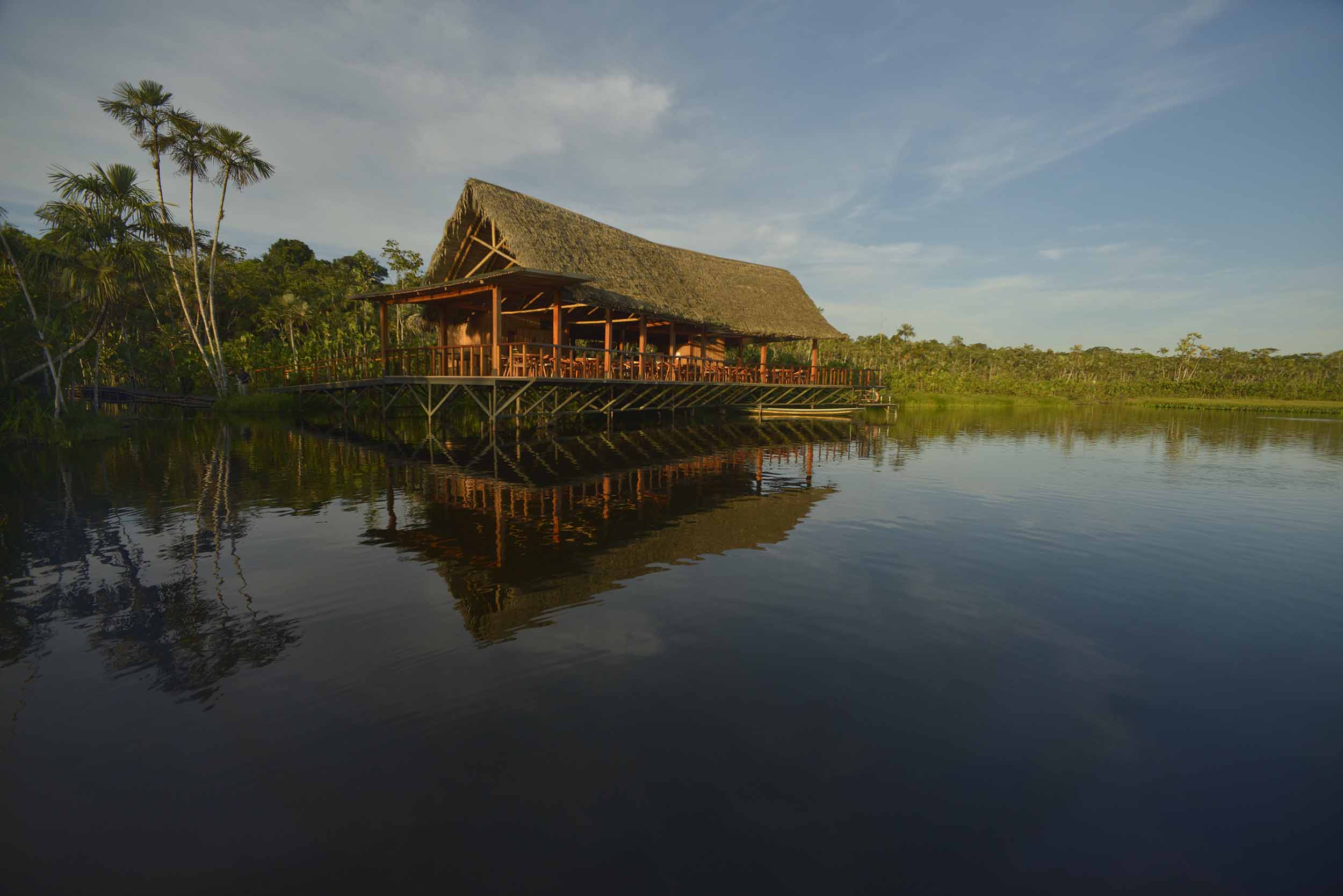
In the heart of the Amazon Jungle, Sacha Lodge prides itself on balancing economic development with rainforest conservation and respecting the local culture. They have an excellent relationship with local indigenous groups, supporting them through sustainable projects so visitors can have a positive impact on the jungle. The variety of fauna and fauna around Sacha Lodge is astounding, with up to 60 species of mammals including monkeys, marmosets, anteaters and sloths plus almost 600 bird species, which makes up 7% of the species found on the entire planet.
Read everything you need to know about Sacha Lodge here.
4. Gondwana Lodge, South Africa
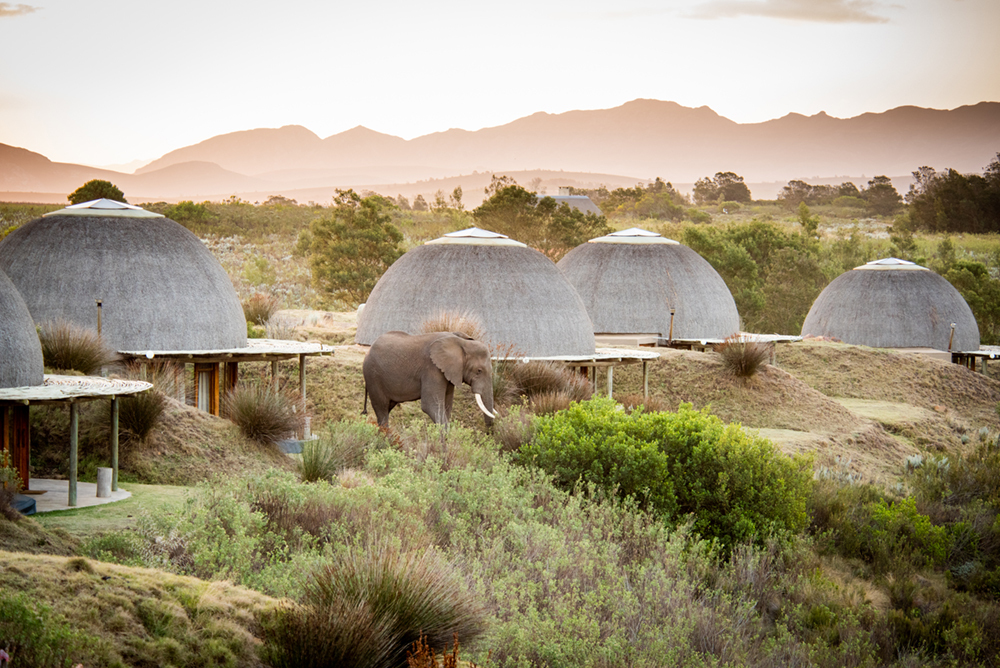
Situared in South Africa's Western Cape region, the Gondwana Game Reserve is a scenic four-hour drive from Cape Town, and is the only fynbos reserve in the world that’s home to free roaming Big Five animals. Gondwana has set up a charity that conserves South Africa’s endangered flora and fauna through training and skills development of the local people. They have re-introduced many species in a continued conservation effort, including the Cape mountain zebra and south-central black rhino. The foundation’s ultimate mission is to use management, education, training and community involvement to create employment for the local community while actively protecting the endangered wildlife and vegetation within the region.
Read more about Gondwana here.
5. Machu Picchu Pueblo, Peru
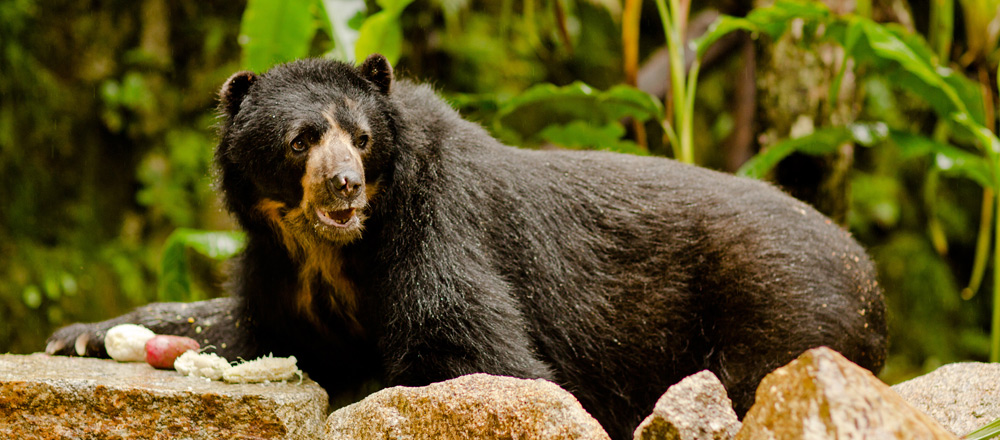
Our favourite hotel at Machu Picchu, this Inkaterra property has a sanctuary for the endangered spectacled bear, endemic to the Andes region. Set up in 2001 to study and rehabilitate the only bear species native to South America, the project hosts four of the beautiful creatures.
Read our Director's blog on spending a night at Machu Picchu.
6. Chobe Bakwena Lodge, Botswana
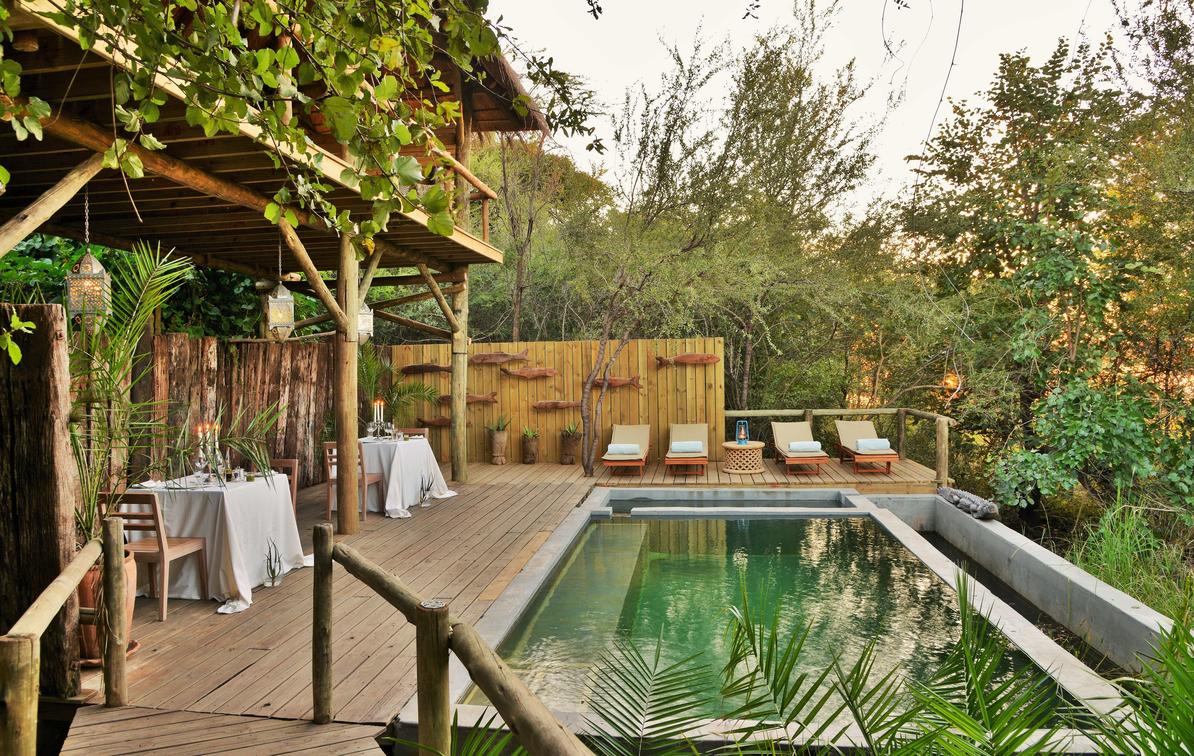
Bakwena Lodge is the only lodge on the Chobe River to have been built on environmentally friendly principles, with efforts including eco-beam structures (utilising a pole structure and sandbag infill), solar panels and a natural swimming pool filtered entirely by plants. The 15 individual chalets are built using locally sourced materials and furniture is from sustainable plantations or second-hand shops, refurbished ysing eco-friendly methods. All the toiletries and cleaning materials are biodegradable and all the upholstery fabrics are printed on natural linens using non-harmful dyes. Lighting, heating and power are solar-powered, methane gas for cooking comes from recycled waste and all staff are trained in zero waste principles that they can take home to their communities. Rooms are beautifully decorated with innovative furnishings including handmade wooden beaded chandeliers, felt sphere bedside lights and traditional handwoven curtains from Madagascar.
Find all our Botswana holidays here.
7. Mashpi Lodge, Ecuador
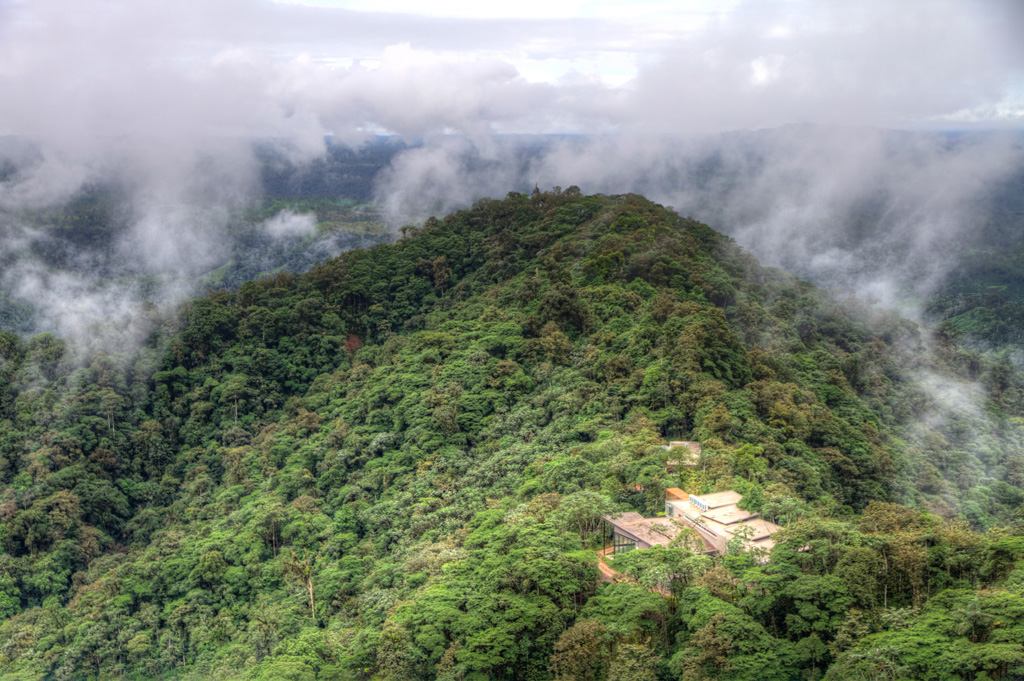
Stretching across Panama, Colombia, Ecuador and Peru, the Chocó biogeographical region is considered to be of "high interest for the global conservation of biodiversity" and is also the first forest to be considered one of Ecuador's "model forests". By visiting Mashpi Lodge, you are directly contributing to the conservation and deeper understanding of the unique and precious ecosystem that is the Ecuadorian cloud forest. There is a resident biologist, and the research has already provided valuable insight into the Equatorial Chocó. Mashpi works with the local community, implementing an innovative program in which the lodge employees become shareholders in the enterprise. The communities are also the primary providers of agricultural and other food products and supplies that are used at the lodge.
Read more about Mashpi Lodge here.
8. Palmwag Lodge, Namibia
Overlooking the rugged Damaraland landscape in Namibia, Palmwag supports a large population of black rhino, one of the world's most endangered species. Palmwag collaborates with neighbouring conservancies, the Ministry of Environment and Save the Rhino Trust to safeguard this rich wild heritage, and the communities directly benefit from rhino tracking excursions.
Read our Product Manager's blog on rhino tracking in Damaraland, Namibia.
We've also been improving the excursions we offer so that you can give back to local communities, from buying fruit from the locals in Cusco to chocolate-tasting on a family-run farm in Costa Rica. When tourism is done in the right way, it can have a very beneficial impact on local people whilst playing a vital role in improving the environment.
Llama Travel works with local companies and organisations in our destinations to try to ensure that our holidays are beneficial for the people of the destinations we visit. We ask you to help with this by doing the following on your holidays to Latin America and Africa:
- Support the local economy by buying local produce and services.
- Respect local people and culture, especially when taking photographs.
- Respect the behaviour and habitat of wildlife.
- Do not buy products made from endangered species or tropical hardwoods.
- Support local environmental projects and those designed to preserve local heritage.
- Please do not litter.
Found this blog useful? Sign up to our newsletter for more holiday tips and advice!

